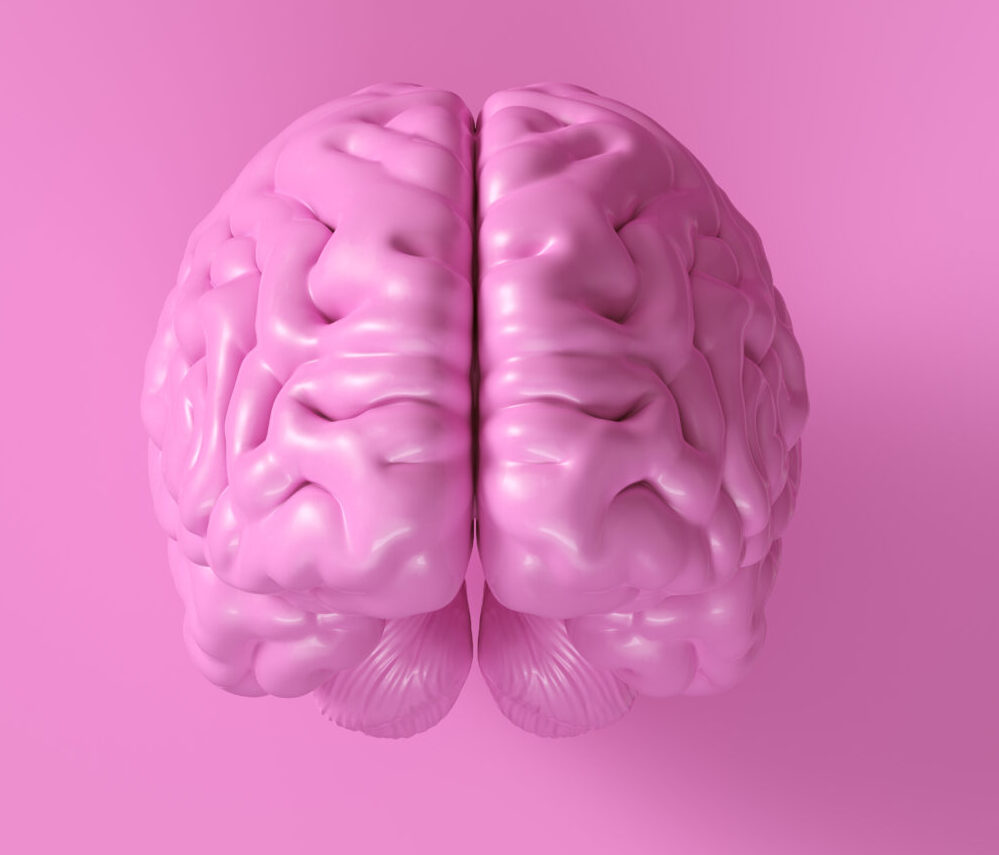From Amyloid to Tau: Unraveling Alzheimer’s Pathology
### From Amyloid to Tau: Unraveling Alzheimer’s Pathology
Alzheimer’s disease is a complex condition that affects millions of people worldwide. It is characterized by the progressive loss of memory and cognitive functions, leading to severe dementia. To understand this disease, scientists have been studying two key proteins: amyloid beta and tau. In this article, we will explore how these proteins contribute to Alzheimer’s pathology and what researchers are doing to unravel the mysteries of this disease.
### Amyloid Beta: The Sticky Protein
Amyloid beta is a sticky protein that accumulates in the brain of people with Alzheimer’s. It forms clumps called plaques, which are found in the brain tissue. These plaques are like sticky notes that get stuck together, causing problems for the brain cells. Amyloid beta is derived from a larger molecule called amyloid precursor protein (APP), which is a normal part of nerve cells. However, when APP is processed incorrectly, it can lead to the formation of amyloid beta plaques.
### Tau: The Twisted Protein
Tau is another protein that plays a crucial role in Alzheimer’s disease. It is a twisted protein fiber that forms tangles within nerve cells. These tangles are like knots that twist and turn, causing damage to the cells. Tau is normally found in neurons, but when it is processed incorrectly, it can clump together to form tangles.
### How These Proteins Contribute to Alzheimer’s
Both amyloid beta plaques and tau tangles are found in the brains of people with Alzheimer’s. These proteins interfere with normal cellular functioning, leading to the death of brain cells and the loss of cognitive functions. The exact mechanism of how these proteins cause damage is still not fully understood, but research suggests that they may be linked to brain infections or abnormal processing in older individuals.
### Genetic Factors
Alzheimer’s disease can be inherited, and genetic factors play a significant role. A defect in the APP gene can increase the production of amyloid beta, while a defect in the apolipoprotein E (APOE) gene is associated with the majority of late-onset Alzheimer’s cases. The APOE4 variant is particularly interesting because it is linked to increased activity in the hippocampus, a region crucial for memory and emotions.
### Biomarkers and Diagnosis
Researchers are using biomarkers to diagnose Alzheimer’s disease early. Biomarkers like amyloid beta 40 and 42, tau, and neurofilament light chain (Nf-L) can predict brain amyloidosis. These biomarkers are derived from cerebrospinal fluid (CSF) and are analyzed using advanced technologies like single molecule array (SIMOA). By studying these biomarkers in diverse patient populations, scientists can develop more accurate diagnostic models.
### New Research and Therapies
Recent studies have focused on detecting tau aggregates using a seed amplification assay (Tau-SAA). This method can accurately distinguish between Alzheimer’s and control samples and detect tau seeds even at high dilutions. Additionally, researchers are exploring the role of fatty acids in amyloid beta aggregation and the potential of using saturated or monounsaturated fatty acids to decrease the toxicity of amyloid aggregates.
### Understanding Brain Dynamics
Alzheimer’s disease also affects brain dynamics, leading to changes in local field potentials (LFPs) and electroencephalograms (EEGs). By analyzing these signals using advanced tools like the Discrete Padé Transform (DPT), scientists can study the multifaceted alterations in circuit dynamics caused by Alzheimer’s pathologies. This research aims to establish new biomarkers for Alzheimer’s disease and help distinguish between healthy and affected brain networks.
### Conclusion
Alzheimer’s disease is a complex condition involving the accumulation of amyloid beta plaques and tau tangles. Understanding these proteins and their role in the disease is crucial for developing effective treatments. By studying genetic factors, biomarkers, and brain dynamics, researchers are making significant progress in unraveling the mysteries of





